Inaccurate diesel fuel monitoring can lead to unexpected shortages, operational disruptions, and costly emergency refills.
Ultrasonic level sensors provide accurate, non-contact measurement for diesel tanks, offering continuous monitoring with ±0.25% accuracy. They’re ideal for fuel inventory management and consumption tracking.
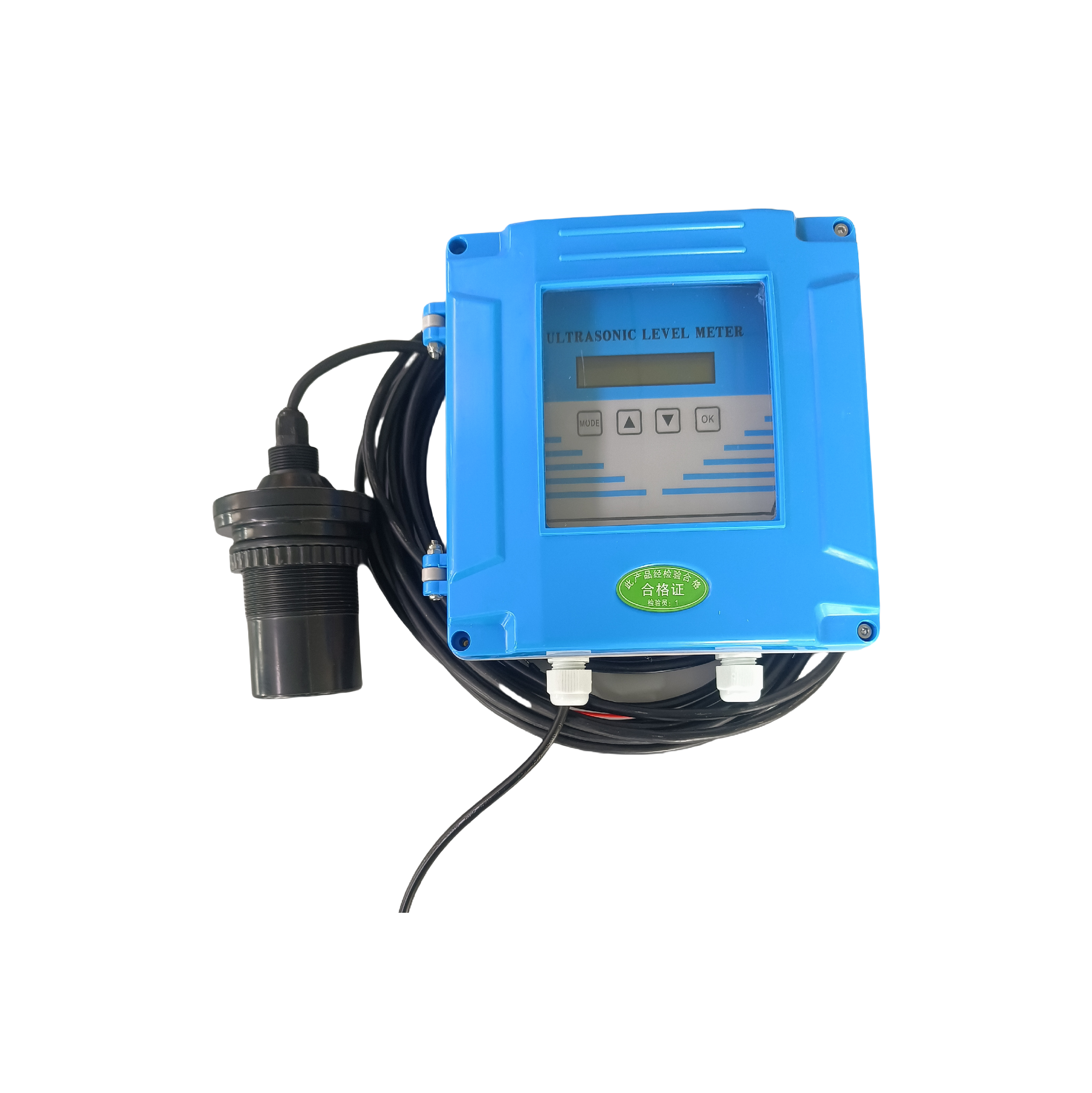
Ultrasonic Level Sensor on Diesel Tank
Let me share insights from my experience in implementing fuel monitoring solutions across various industries.
How to Measure Diesel Tank Level?
Proper diesel level measurement is crucial for operational efficiency.
Install an ultrasonic sensor on the tank top, ensuring proper alignment and calibration. The sensor measures distance to fuel surface using sound waves, converting it to volume based on tank dimensions.
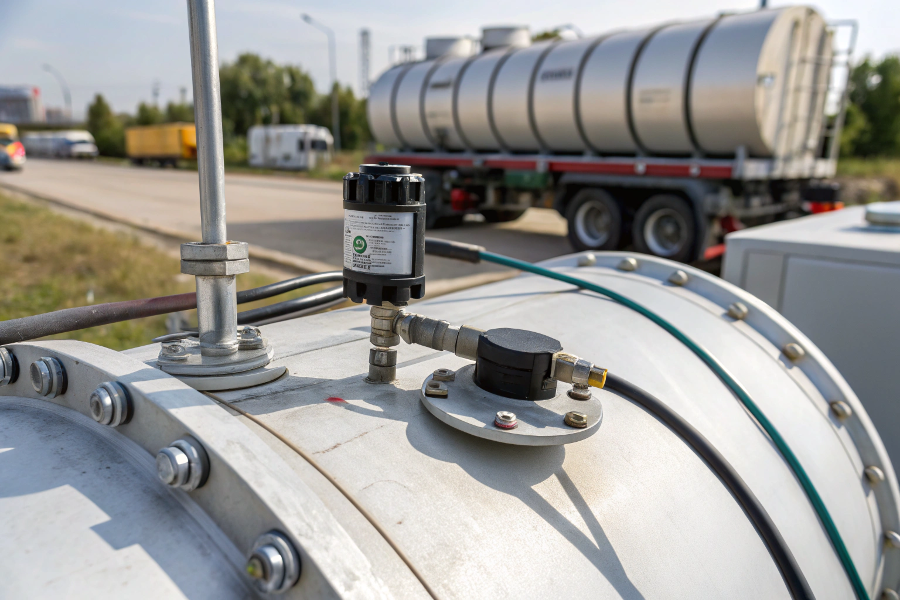
Diesel Tank Measurement Setup
From my installation experience:
Installation Steps
-
Pre-Installation Planning
- Tank measurements
- Mounting location selection
- Cable routing
-
Hardware Setup
- Sensor mounting
- Power connection
- Signal wiring
Configuration Requirements
-
Tank Parameters
Parameter Description Height Total tank height Shape Cylindrical/rectangular Volume Total capacity Dead zone Minimum measurement distance -
Calibration Settings
- Empty tank level
- Full tank level
- Volume calculations
These steps ensure accurate measurement and reliable operation.
What Should I Avoid with Ultrasonic Level Sensors?
Understanding potential issues prevents measurement errors.
Avoid mounting sensors near tank walls, inlets, or areas with turbulence. Prevent exposure to extreme temperatures and ensure proper ventilation to minimize vapor interference.
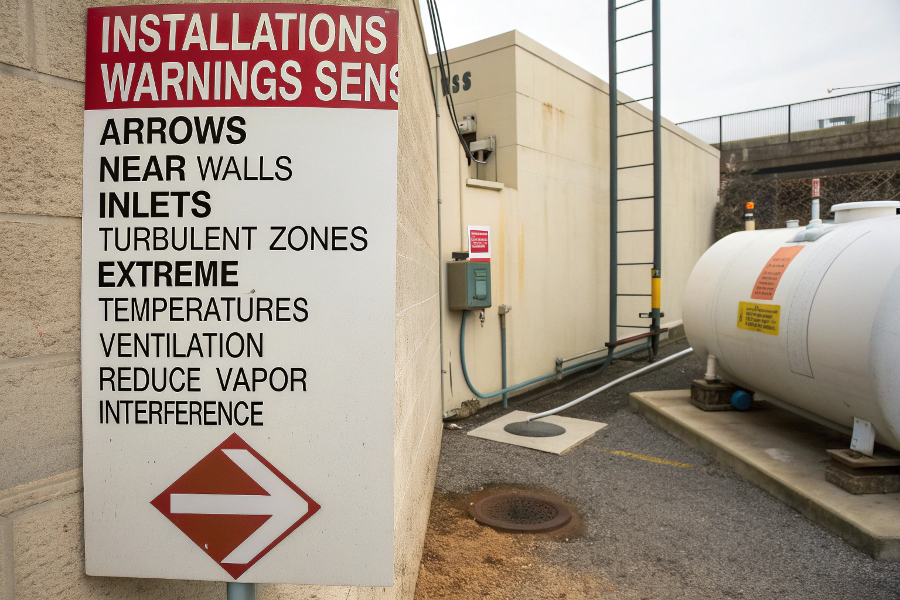
Ultrasonic Sensor Installation Warnings
Based on my troubleshooting experience:
Common Mistakes
-
Installation Errors
- Improper alignment
- Insufficient clearance
- Unstable mounting
-
Environmental Issues
- High temperature exposure
- Excessive vapor presence
- Direct sunlight
Best Practices
- Regular maintenance checks
- Proper cable protection
- Signal quality monitoring
- Temperature compensation
Following these guidelines maximizes sensor performance.
What Type of Sensor Is Used in Fuel Oil Tank Level Monitoring?
Selecting the right sensor ensures reliable measurement.
Ultrasonic sensors are widely used for fuel monitoring, offering non-contact measurement and digital output. Alternative options include guided wave radar, magnetostrictive, and pressure sensors.
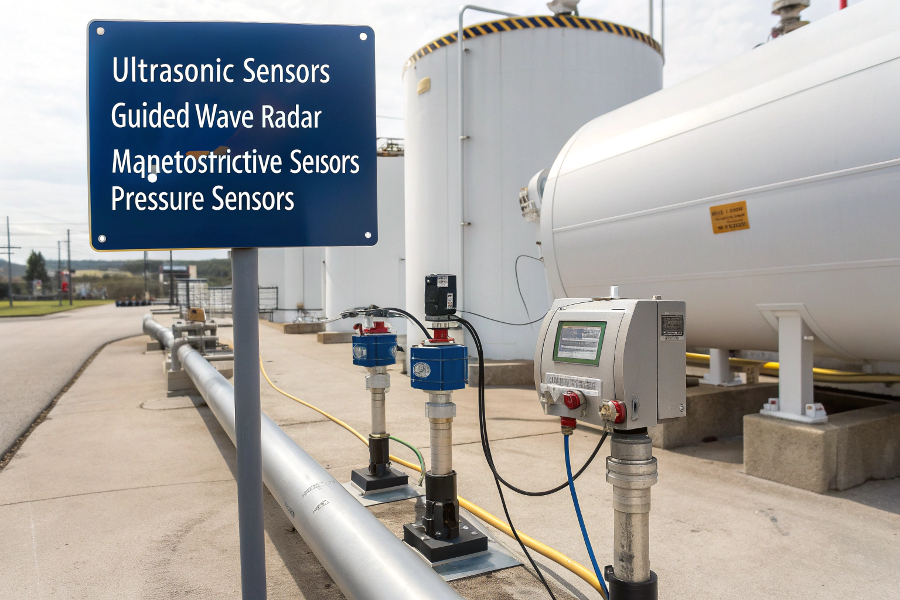
Fuel Tank Sensor Types
Drawing from my field experience:
Sensor Types Comparison
-
Ultrasonic Sensors
- Non-contact operation
- Easy maintenance
- Cost-effective
-
Guided Wave Radar
- High accuracy
- Works with foam
- Higher cost
-
Magnetostrictive
- Excellent accuracy
- Direct measurement
- Complex installation
Selection Criteria
- Tank size
- Budget constraints
- Accuracy requirements
- Environmental conditions
These factors help determine the optimal sensor choice.
How Does an Ultrasonic Fuel Level Sensor Work?
Understanding operation principles ensures proper implementation.
Ultrasonic sensors emit high-frequency sound waves (20-200 kHz) that bounce off the fuel surface. The time between emission and echo reception determines the fuel level.
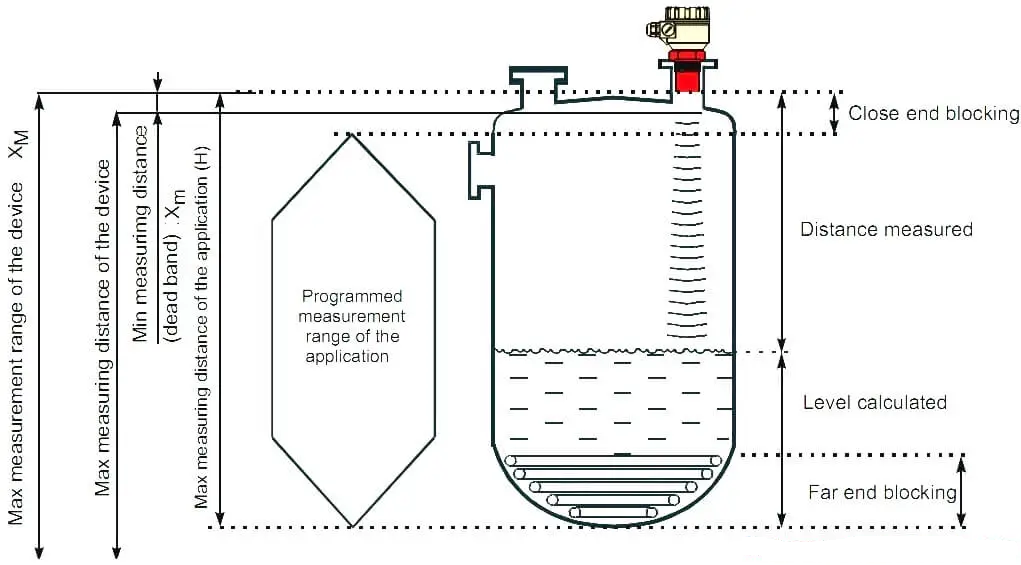
Ultrasonic Sensor Operating Principle
From my implementation experience:
Operating Process
-
Signal Generation
Step Action 1 Wave emission 2 Surface reflection 3 Echo reception 4 Time calculation -
Measurement Conversion
- Distance calculation
- Volume computation
- Temperature compensation
Signal Processing
-
Echo Analysis
- Signal filtering
- Noise reduction
- Quality verification
-
Output Generation
- Level indication
- Volume calculation
- Alarm monitoring
Understanding these principles helps optimize sensor performance.
Conclusion
Ultrasonic level sensors offer reliable diesel tank monitoring when properly installed and maintained. Understanding their operation, limitations, and best practices ensures accurate fuel level measurement and efficient inventory management.
